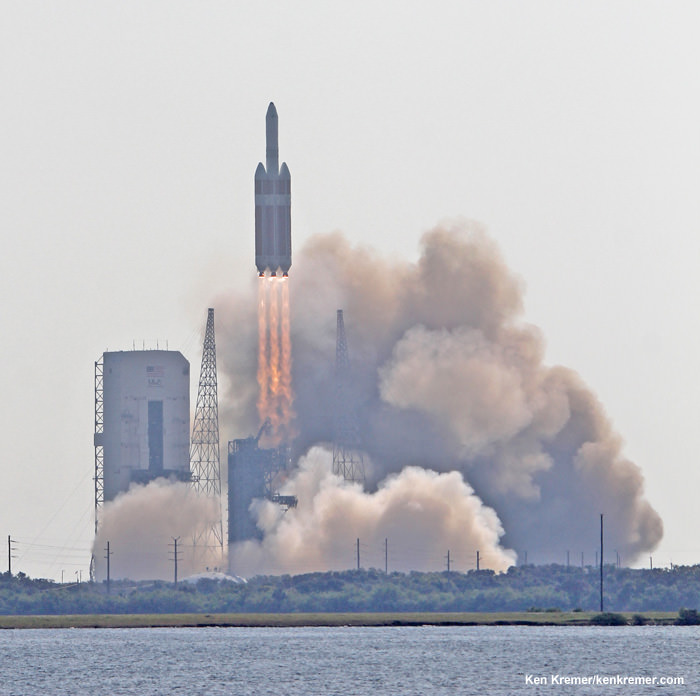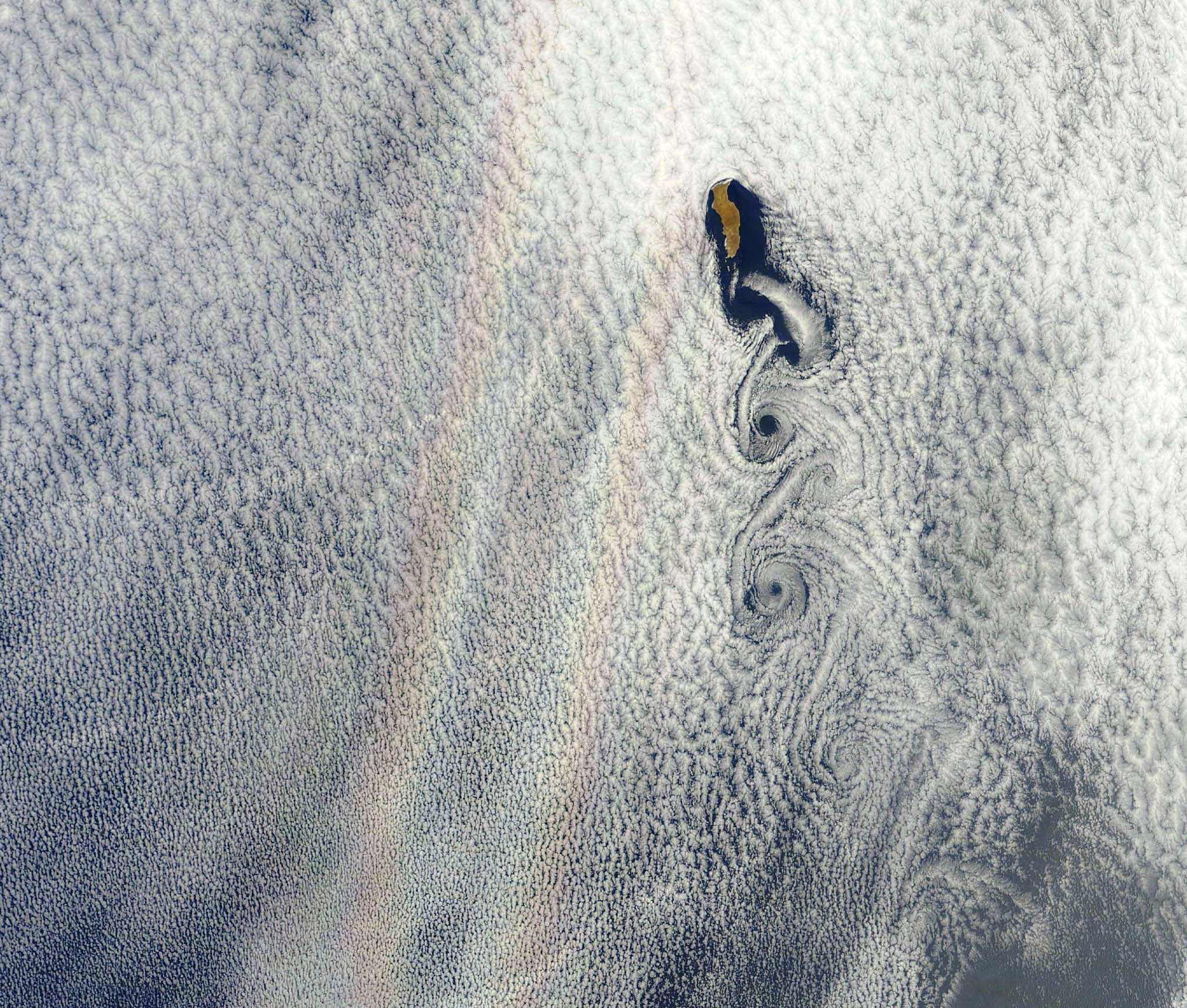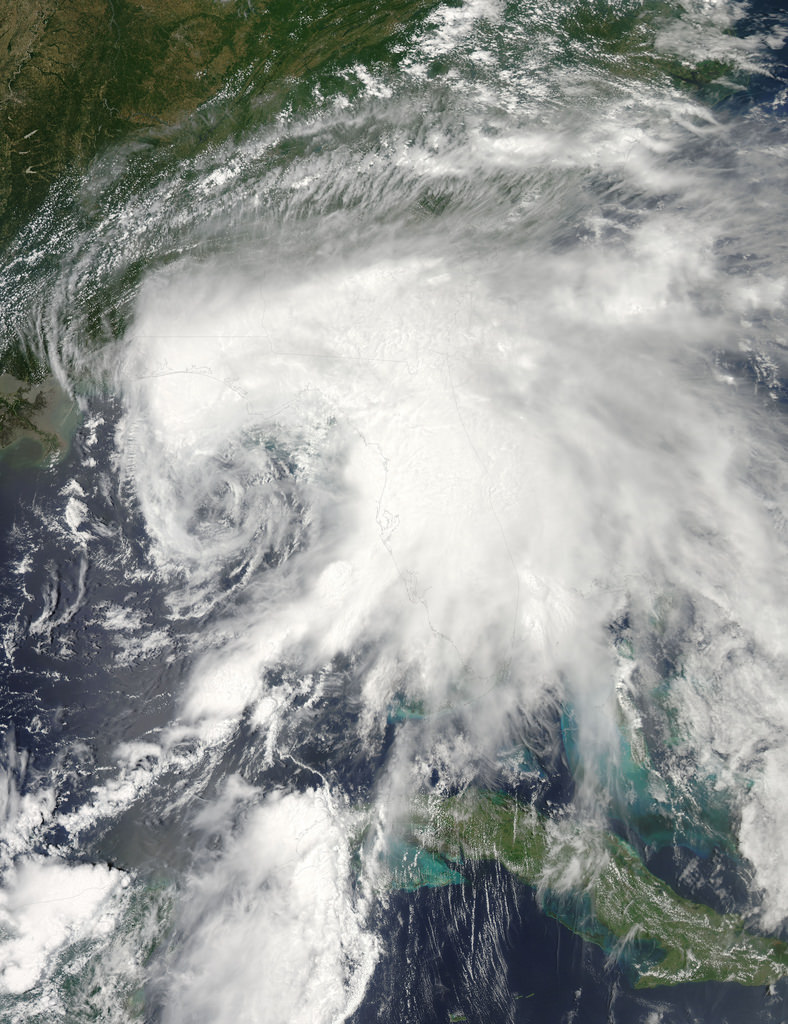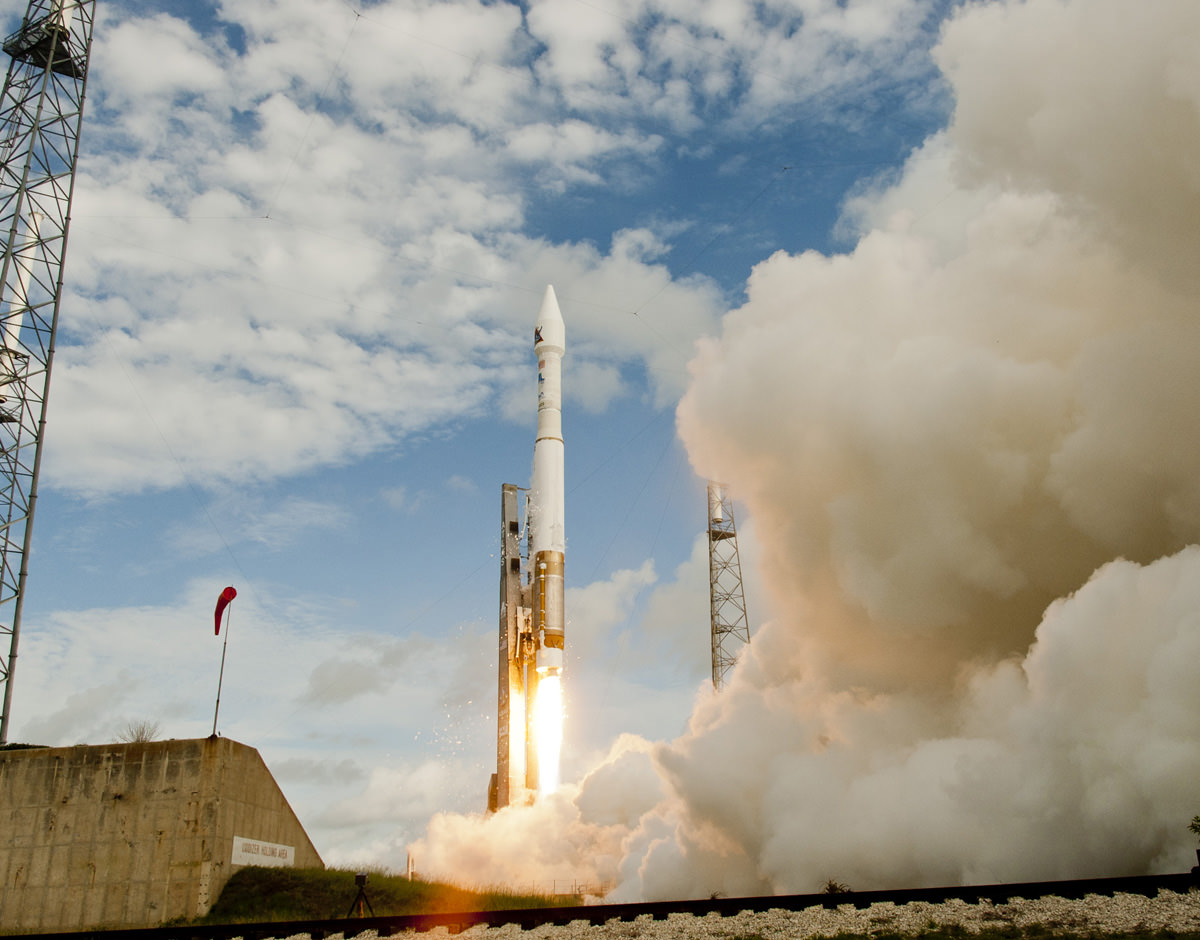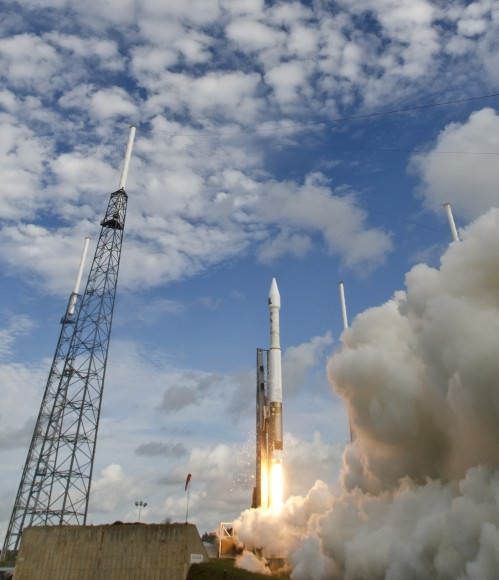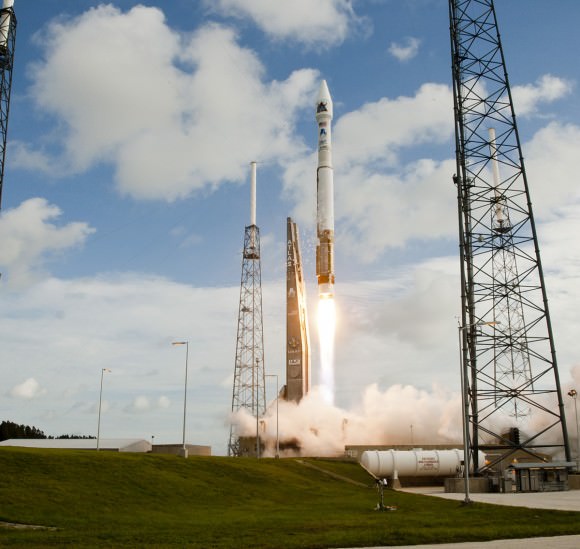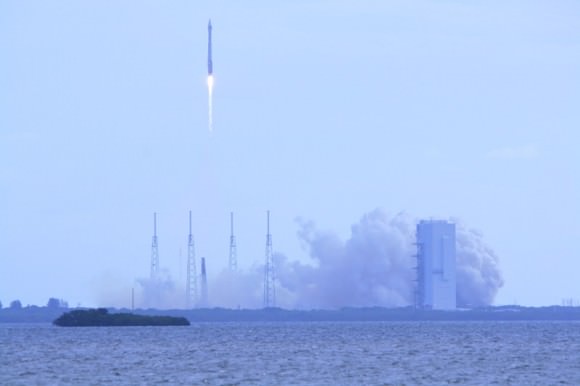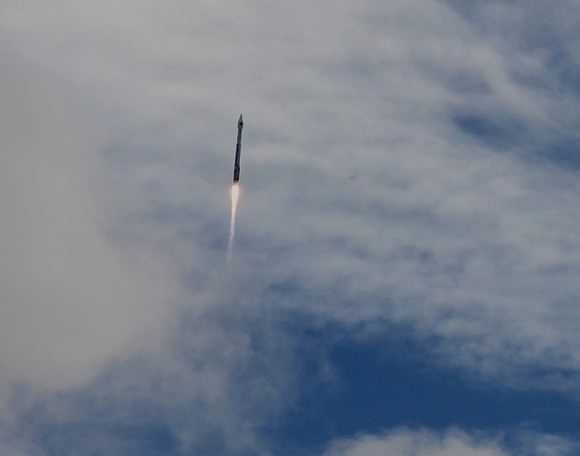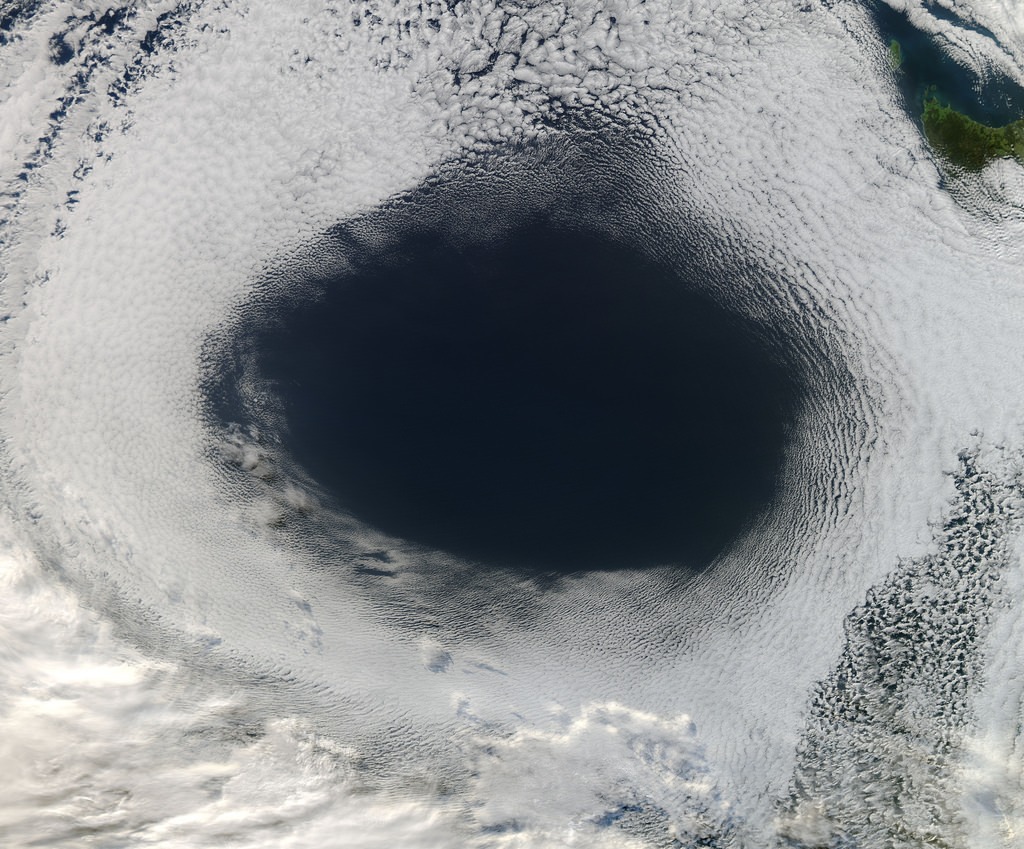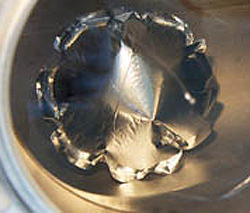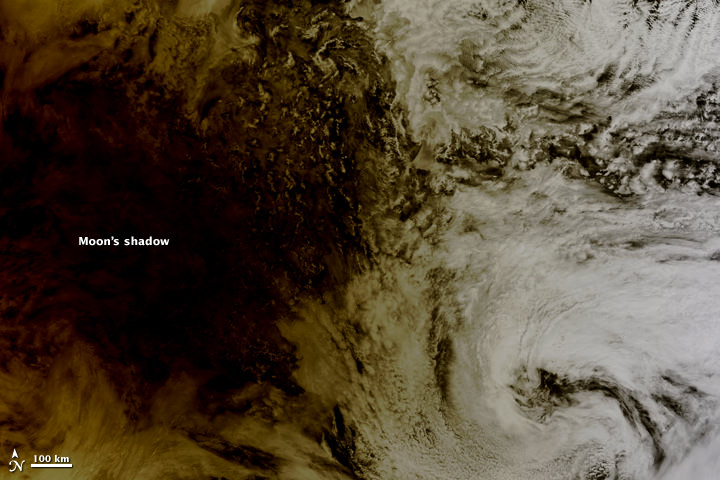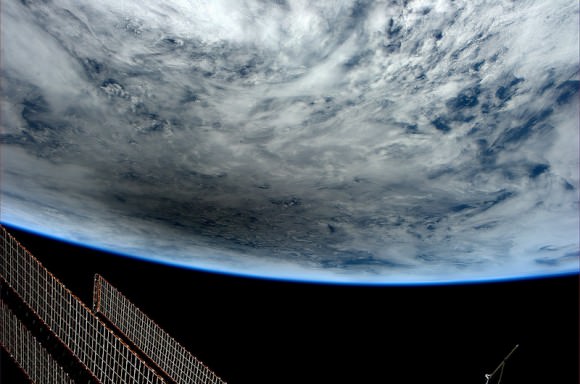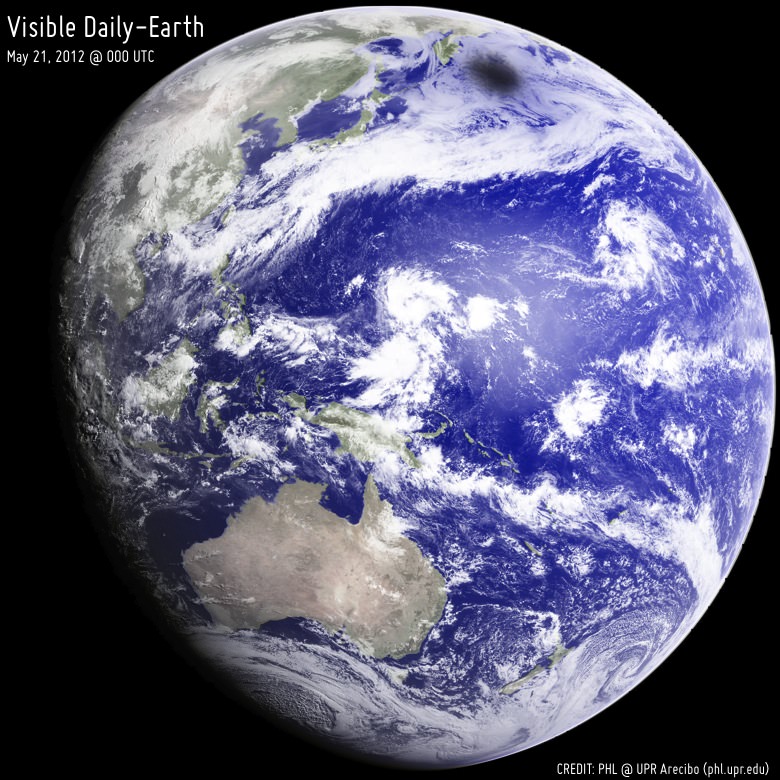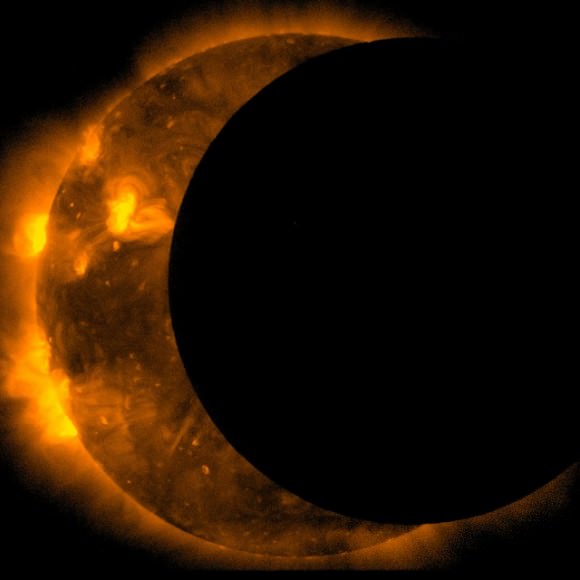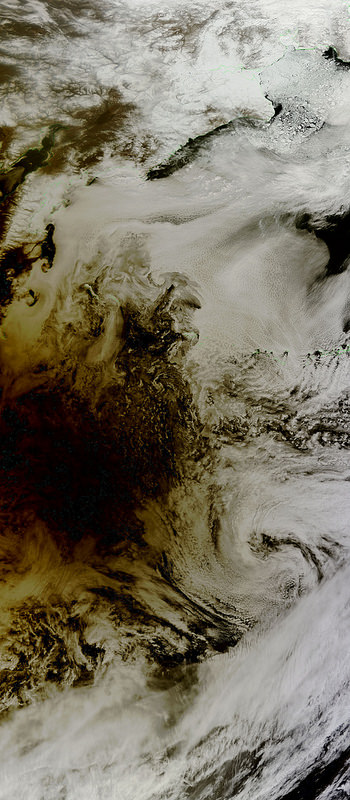Image caption: An upgraded Delta 4 Heavy rocket and super secret spy satellite roar off pad 37 on June 29, 2012 from Cape Canaveral, Florida. Credit: Ken Kremer
A super secret spy satellite for the National Reconnaissance Office (NRO) soared spectacularly to space today (June 29) aboard a Delta 4 Heavy Booster – America’s most powerful rocket following the retirement of NASA’s venerable Space Shuttle Orbiters.
Liftoff of the mammoth Delta 4 Heavy rocket – composed of a trio of liquid fueled common core boosters – finally came at 9:15 a.m. EDT about 3 hours late after a variety of technical issues halted the countdown three times at less than 4 minutes from liftoff from Space Launch Complex 37 on Cape Canaveral Air Force Station, Florida.
Heavy rains and flooding from Tropical Storm Debby had forced a 1 day launch delay from June 28.
The 232 foot tall United Launch Alliance (ULA) Delta lifted off into a magnificent clear blue sky atop the rumbling thunder of three upgraded boosters strapped together side by side and it gradually arced over to the East on the way to orbit.
Both side attached boosters jettisoned as planned. After the second stage engine ignited and the payload fairing separated, the flight went into a preplanned communications black out for the remainder of the flight to orbit and the entire intelligence mission ahead for the hush, hush NROL-15 satellite.
“Today’s successful launch of the NROL-15 mission is the third of four launches for the NRO this year and the second EELV launch for the NRO in just nine days,” said Jim Sponnick, ULA vice president, Mission Operations. “We congratulate the combined NRO , U.S. Air Force and ULA team along with our mission partners for their continued focus on mission success as we deliver the critical capabilities to support the soldiers, sailors, airmen and Marines.”
Just last week on June 20, a ULA Atlas 5 booster lofted the secret NROL-38 satellite for the NRO.
This was only the 6th launch of the Delta 4 Heavy booster and the inaugural flight featuring the upgraded RS-68A Liquid Hydrogen/Liquid Oxygen first stage engines. Each improved engine delivers some 797,000 pounds of thrust vs 758,000 pounds in the prior version – an increase of 39,000 pounds. A single RL 10 engine powered the second stage.
“The upgraded Delta IV Heavy vehicle was developed with an extremely thorough and comprehensive system engineering process by the ULA and Pratt-Whitney Rocketdyne teams, along with substantial involvement by our U.S. government customers,” said Sponnick. “Congratulations to the entire team on today’s successful inaugural flight of the upgraded Delta IV Heavy launch vehicle and the RS-68A engine.”

